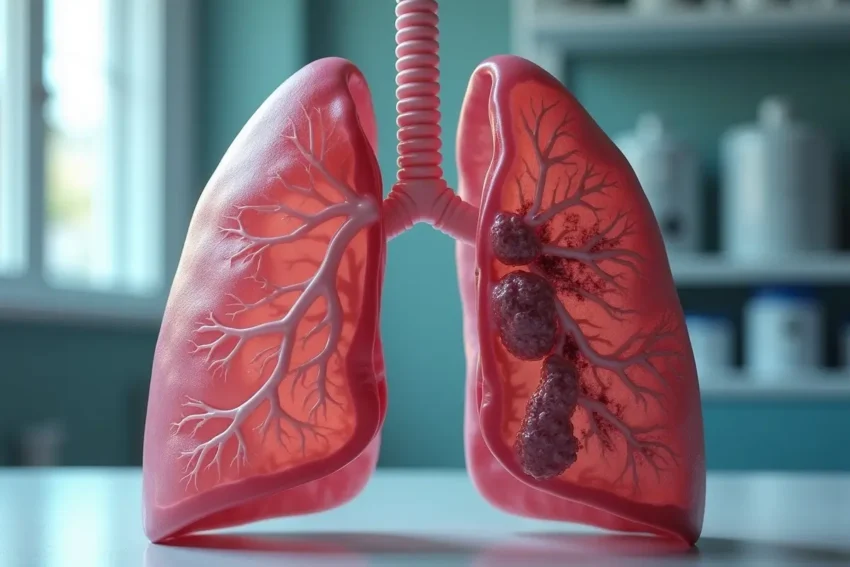Mesothelioma and lung cancer often look similar from the outside, but they are different. They begin in different tissues and follow different paths, and these facts drive distinct legal strategies. Both can appear decades after exposure, and deadlines to file claims may pass while families are still adjusting.
A clear plan reduces stress and protects rights. Understanding the split improves your leverage and results. Good records make every later step faster and clearer. This article outlines the key differences, so you can make smart next steps.
Origin and exposure proof
Mesothelioma forms in the pleura or peritoneum and is strongly linked to asbestos. Smoking is not the cause. The tight link to asbestos makes exposure history the center of the case. List employers, shipyards, bases, and renovation sites, and name products and trades you worked beside. In many cases, that map leads to an asbestos lawsuit.
Lung cancer has multiple drivers, including smoking and radon, along with asbestos. You still need to document products and sites, but causation analysis is broader and often contested.
Diagnosis and documentation
Mesothelioma needs tissue confirmation, where pathologists look for mesothelial markers. Imaging and fluid tests support may help, but a biopsy proves it. Be sure to save slides, lab reports, and the written diagnosis. Get a second opinion if findings are unclear, and track the chain of custody when samples move labs.
Lung cancer is categorized into small-cell lung cancer and non-small cell lung cancer. Biomarkers and stage guide treatment and expected survival. Build a clean timeline from first symptoms to first biopsy. The record lets attorneys connect exposure, disease, and damages without gaps.
Statutes, venues, and claim sequencing
Deadlines differ by state. Most start at diagnosis under discovery rules. Mesothelioma cases often qualify for fast tracks, and some courts have asbestos dockets that move quickly. Ask your attorney about filing where rules, juries, and speed align with your goals. Trust fund claims can start before or alongside a lawsuit. Your team will time filings to protect value and avoid disclosure traps.
Lung cancer claims can win, but defendants argue alternative causes. Venue and product identification rules matter. Plan the order of depositions, medical exams, and trust submissions early. Smart sequencing cuts delay and enhances case strength.
Damages and evidence mix
Mesothelioma often brings high treatment costs and quick income loss. Prognosis can support significant non-economic damages. Exposure proof relies on work records, union cards, Social Security histories, invoices, and coworker affidavits.
For lung cancer, damages lean more on stage, treatment plan, and smoking history. Defendants may seek dose assessments and risk apportionment. Be sure to keep photos of labeled insulation, gaskets, floor tile, or joint compound. Economists may model lost earnings, home care, and travel to present a full economic loss.
Veterans, families, and special routes
Service members faced asbestos on ships, aircraft, and bases. Veterans can pursue VA disability compensation while also filing civil claims. Surviving spouses may qualify for DIC benefits, and families may bring a wrongful death claim if a loved one passes before a personal injury case resolves. Probate steps and personal representative appointments matter. Keep certified death certificates, letters of administration, and funeral bills. These documents unlock available paths and speed relief.
Endnote
Mesothelioma and lung cancer need different legal plans. Get the diagnosis in writing, and build an exposure map with dates, products, and job sites. In addition, save pathology, invoices, travel receipts, and letters. Ask counsel to sequence trust claims, lawsuits, and benefits in the right order for your goals and cash flow.

